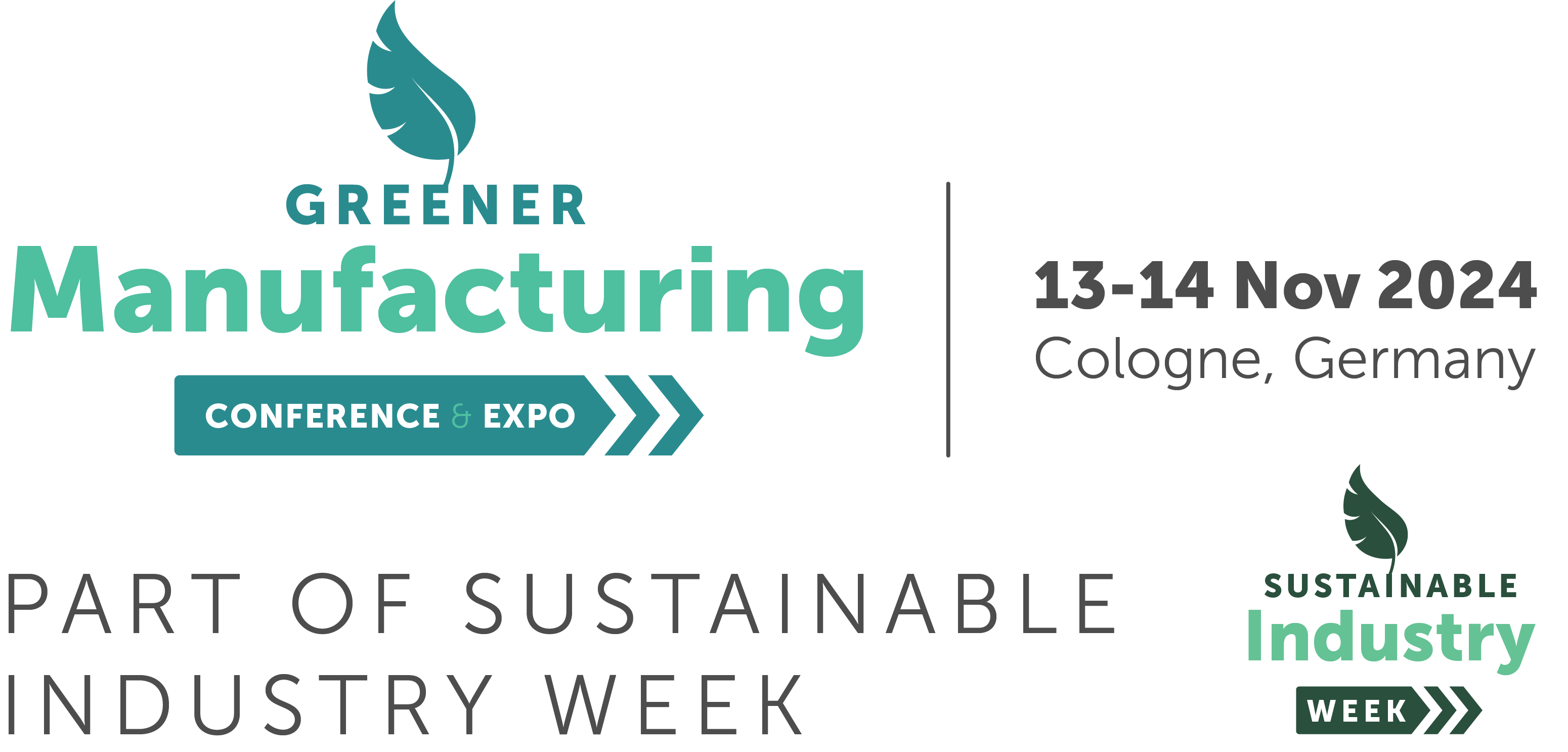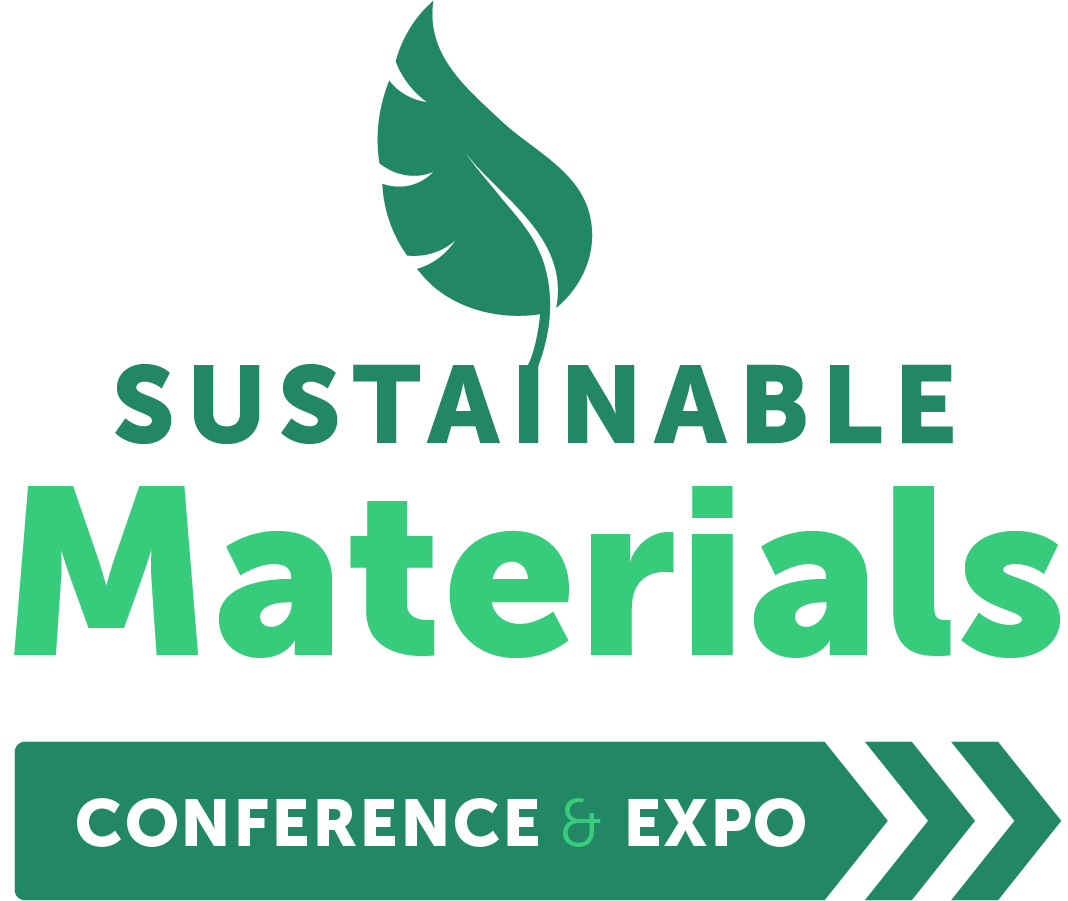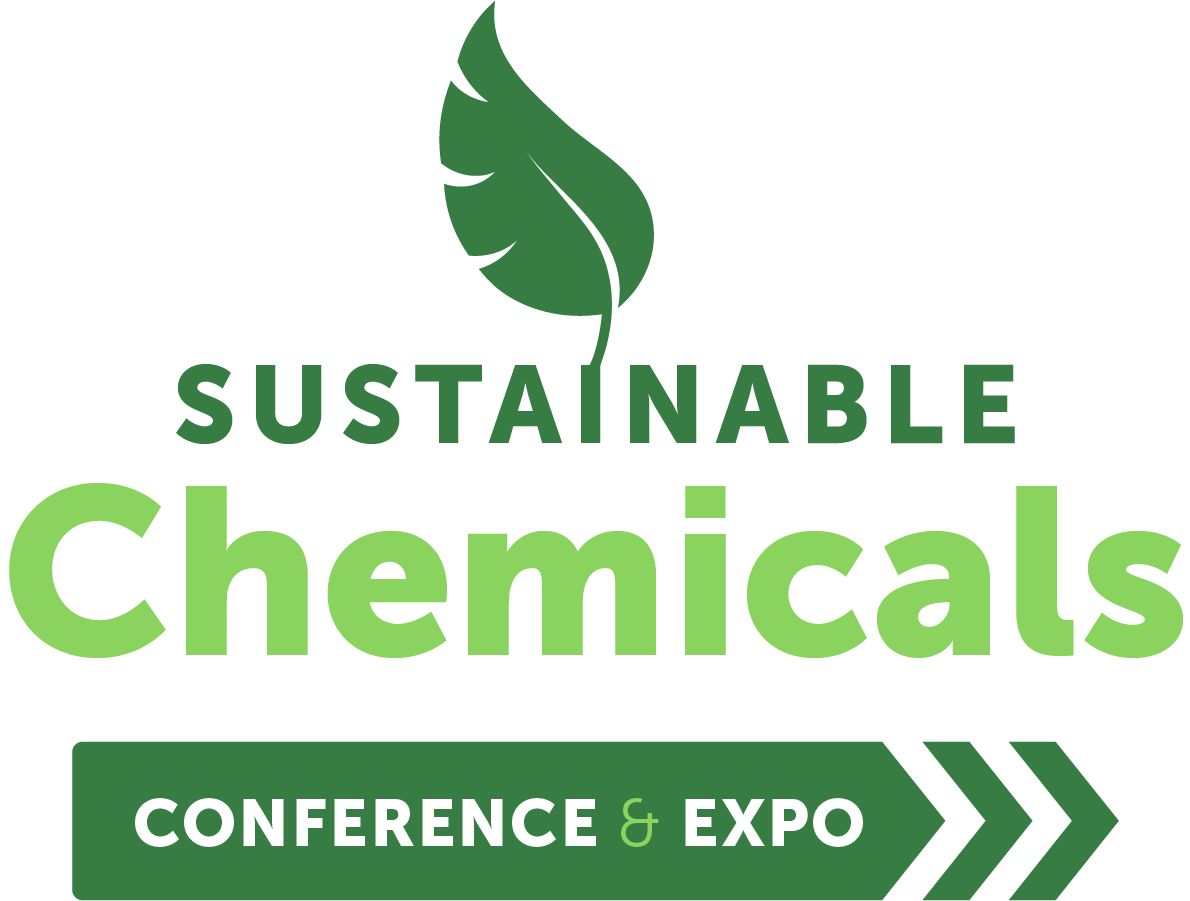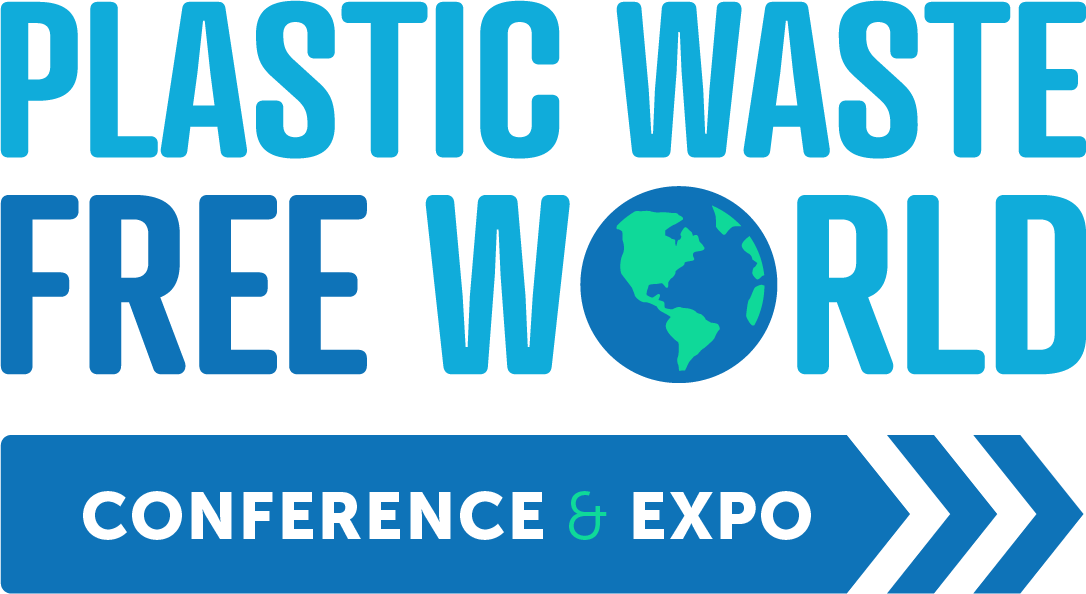Waste-Based Cement with High-Functionality Captures and Stores Carbon
)
In the final stage of the pilot, 450 tonnes (25,000 blocks) of concrete will be produced per day capturing around 20 tonnes of CO2.
The main feature is the waste-based cement’s sequestration capabilities using steel slag which is a by-product of steel manufacturing. The chief technology officer and co-founder of CarbiCrete, Mehrdad Mahoutian said: “We get steel slag from manufacturers, grind it, and mix it with aggregate and water to make concrete. But it’s weak without cement.”
The concrete is strengthened through a chemical reaction between slag and CO2 to form calcium carbonates which serve as the binding agent. The aggregate of steel slag and other materials are poured into a machine that forms the concrete masonry units. Once the units are placed into the absorption chamber, CO2 is injected into the concrete.
Based on CarbiCrete’s trials third-party testing, the material functions in the same way as cement concrete, sometimes better. The product absorbs water in the same way as original concrete but has shown 30% more compressive strength. It could be more resistant to cracking and breaking under force.
The waste-based cement can be used for pavements, masonry units or a substitute for precast concrete products used in construction. It is potentially cheaper to produce than conventional cement because it is made from garbage or by-product. Conventional cement costs approximately $200 per tonne.
Patio Drummond, the concrete landscaping products plant where the pilot stage is running, uses Portland cement to manufacture concrete. It aims to shift to using the CarbiCrete technology within the next three years.
The green materials market is valued at about $190 billion, with a projected compound annual growth (CAGR) rate of more than 8.8% from 2022 to 2027. CarbiCrete is hoping to appeal to Leadership in Energy and Environmental Design (LEED) contractors.
Cement accounts for around 8% of carbon dioxide emissions worldwide. Sourcing sustainable technology in the building industry has also become imperative to help governments fulfil their climate pledges.





